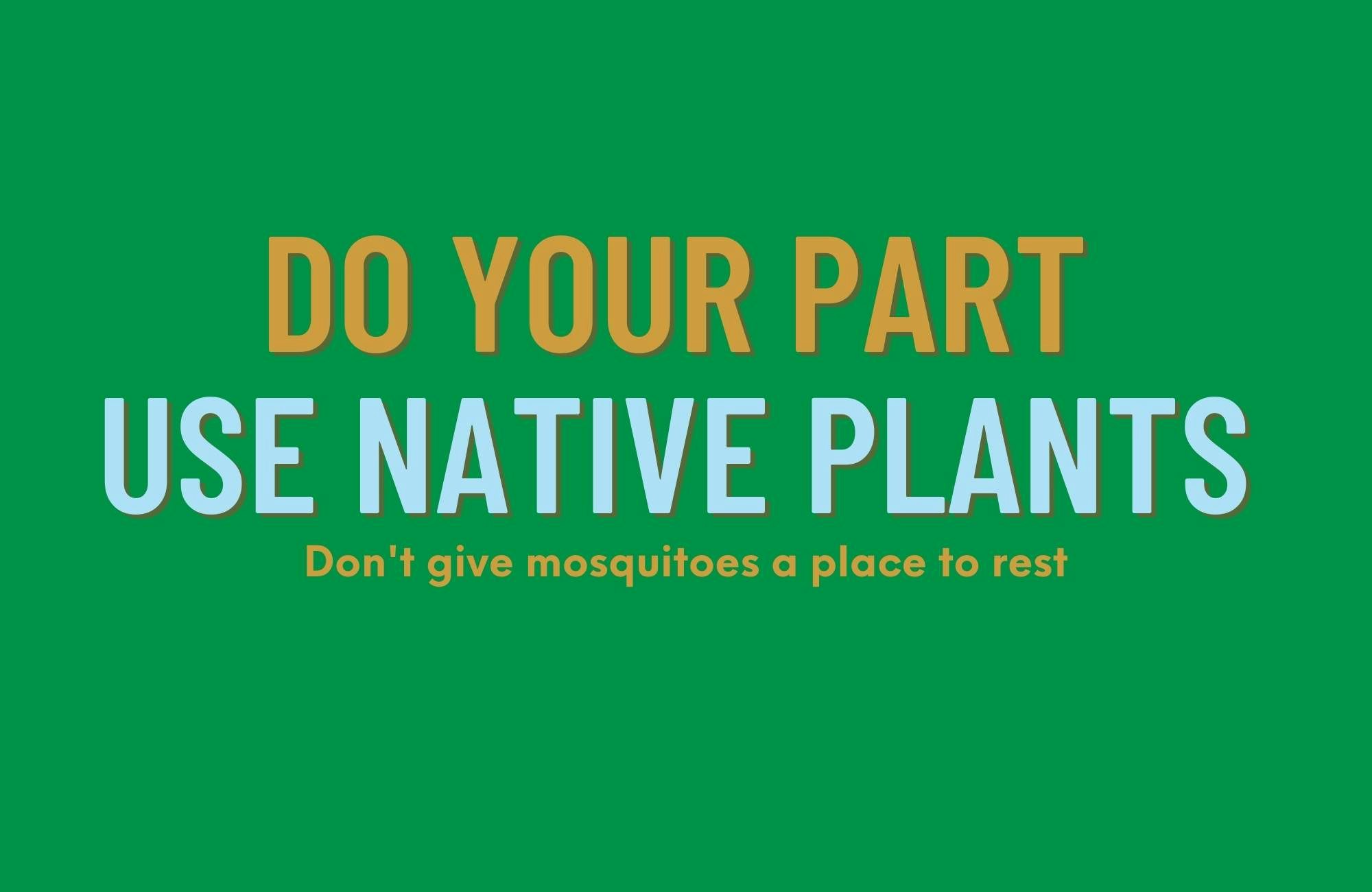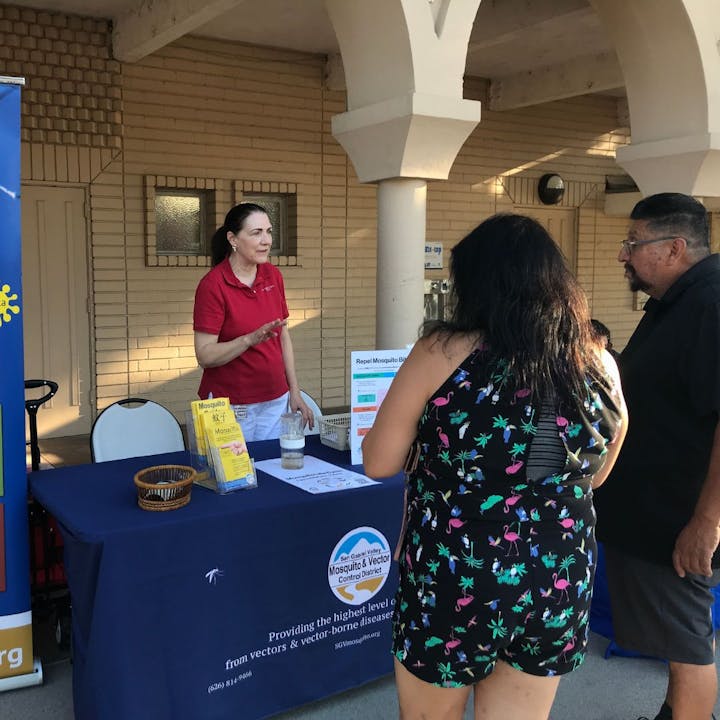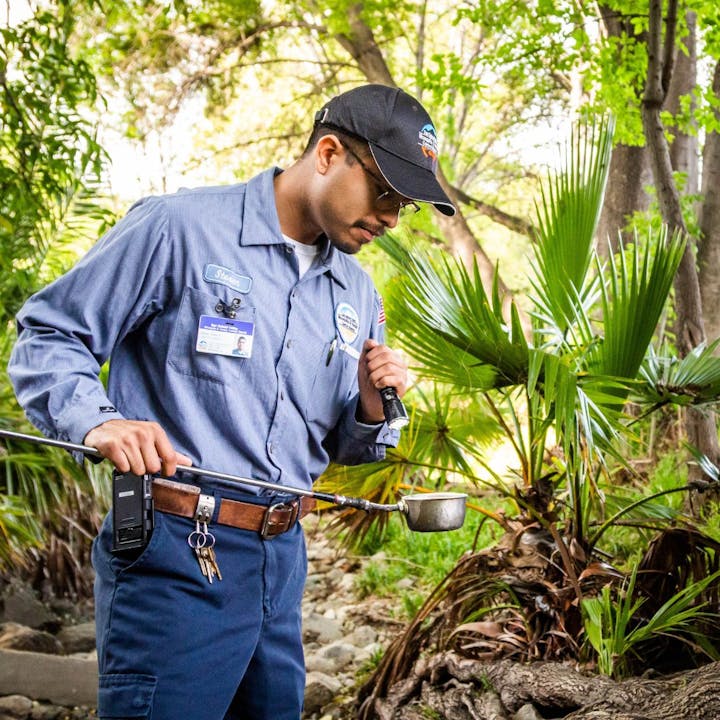Who We Are


About
From the San Gabriel Mountain foothills to the 26 cities we cover in San Gabriel Valley, we reduce the mosquito-borne disease risk where people play and visit.
Under the California Health and Safety Code, the San Gabriel Valley Mosquito and Vector Control District ("The District" or "SGVMVCD") is a public health agency that provides protection from vector-borne diseases. The District is primarily charged with protecting the public from mosquito-borne diseases. We also monitor and treat for biting black flies.
While we monitor and control for mosquito-borne diseases in your community, residents work to keep their homes bite-free.
Do you need service for...?
Background

The San Gabriel Valley Mosquito and Vector Control District provides services to 26 cities, which include: Alhambra, Arcadia, Azusa, Baldwin Park, Bradbury, Claremont, Covina, Duarte, El Monte, Glendora, Industry, Irwindale, La Puente, La Verne, Monterey Park, Monrovia, Pasadena, Pomona, Rosemead, San Dimas, San Gabriel, Sierra Madre, South Pasadena, Temple City, West Covina and Walnut. The District also services many unincorporated Los Angeles County communities in San Gabriel Valley.
The District was formed as an independent special district in 1989 to protect residents from vector-borne diseases, more specifically at that time, to address a local outbreak of a mosquito-borne disease called St. Louis encephalitis.
| Cost of Services Per Year for Most Residents |
|---|
| $20.00 per year |
The District provides mosquito control services to more than 1.5 million residents in 26 cities in the San Gabriel Valley, and some unincorporated portions of Los Angeles County. This is a total area of 287 square miles. Black fly control is done to mitigate their aggressive biting.

The District's services are funded with a benefit assessment on each parcel in the District. The assessment is based on land use and parcel size.
What is a Vector?
A "vector" is defined in the California Health and Safety code Section 2002 as "any animal capable of transmitting the causative agent of human disease or capable of producing human discomfort or injury including, but not limited to mosquitoes, flies, mites, ticks, other arthropods, and rodents and other vertebrates."

Integrated Vector Management

Also known as a mosquito control and prevention plan, the District follows a comprehensive integrated vector management strategy (IVM). This means our mosquito protection plan considers pesticide treatment for adult mosquitoes as a last resort.
Common IVM Activities:
- Education and Outreach - Positive health outcomes must be driven by a strong education program to ensure that every generation understands how their actions around their home impact their community. See Map
- Disease Surveillance – Vector populations are surveyed with a variety of sampling tools and laboratory techniques to determine whether vector-borne diseases are prevalent. The abundance of vectors like mosquitoes indicates the level of public health risk. Mosquitoes are tested routinely for evidence that West Nile (WNV), St Louis encephalitis (SLE), western equine encephalomyelitis (WEE) viruses are circulating. The risk for emerging diseases caused by chikungunya, dengue, and Zika viruses is also evaluated.
- Tip 'n Toss - Vector control staff are trained to implement the most long-term, sustainable approach to mosquito control: Elimination of stagnant water. Whenever possible, staff will attempt to remove the source where water can stagnate.
- Use Mosquito Fish - These natural predators are commonly used by mosquito control to eliminate or manage vector populations.
- Larval Control - You will often see state-certified vector contorl staff will apply the organic pesticide Bti or mineral oil in sources of water that cannot be easily removed.
Rare IVM Activities
- Adult Mosquito Control - Spraying pesticides to target adult mosquitoes is used as a last resort when strict environmental and disease conditions are met. This includes disease outbreaks of West Nile virus, dengue fever, Zika, or other mosquito-borne diseases.









